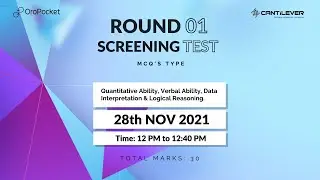Python Reflection Value Implementation | PyCharm
Python reflection refers to the ability of a program to examine and modify its own structure, behavior, and data at runtime. It allows a program to introspect itself, analyze its own objects, and make decisions based on the information retrieved. Reflection in Python is made possible through the use of built-in functions and modules such as dir(), getattr(), setattr(), and inspect. With reflection, developers can dynamically access and manipulate classes, functions, attributes, and modules, enabling tasks such as dynamically loading modules, inspecting object properties, and modifying behavior at runtime. This flexibility provided by reflection makes Python a powerful language for tasks such as metaprogramming, debugging, and creating frameworks that adapt to varying runtime conditions. However, it should be used judiciously, as excessive use of reflection can make code harder to understand and maintain.
Don't forget to subscribe to our channel and hit the notification bell, so you never miss an update on our latest Python tutorials and coding tips.
🔴 Code and Article: https://bit.ly/3BXiPMO
🔴 Subscribe for more videos: / @enablegeek
✅ Website: https://www.enablegeek.com
✅ Facebook Page: https://www.facebook.com/enablegeek/
✅ Twitter: https://twitter.com/enablegeek
------------------------------------------------------------------------------------------------------------
Track: Elektronomia - Limitless [NCS Release]
Royalty Free Music provided by NoCopyrightSounds.
Watch: • Elektronomia - Limitless | Progressiv...
Free Download / Stream: http://ncs.io/Elimitless
------------------------------------------------------------------------------------------------------------







